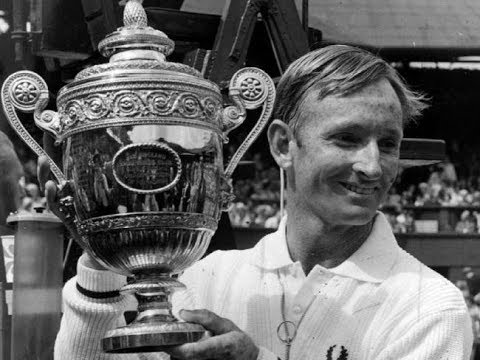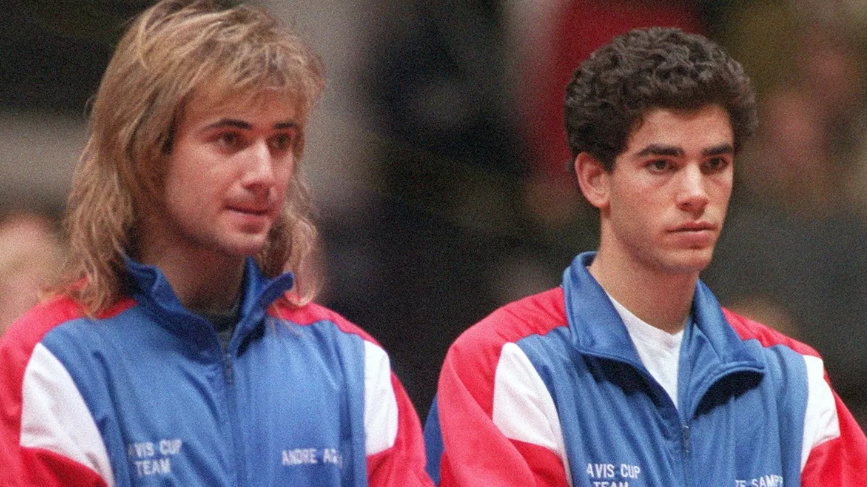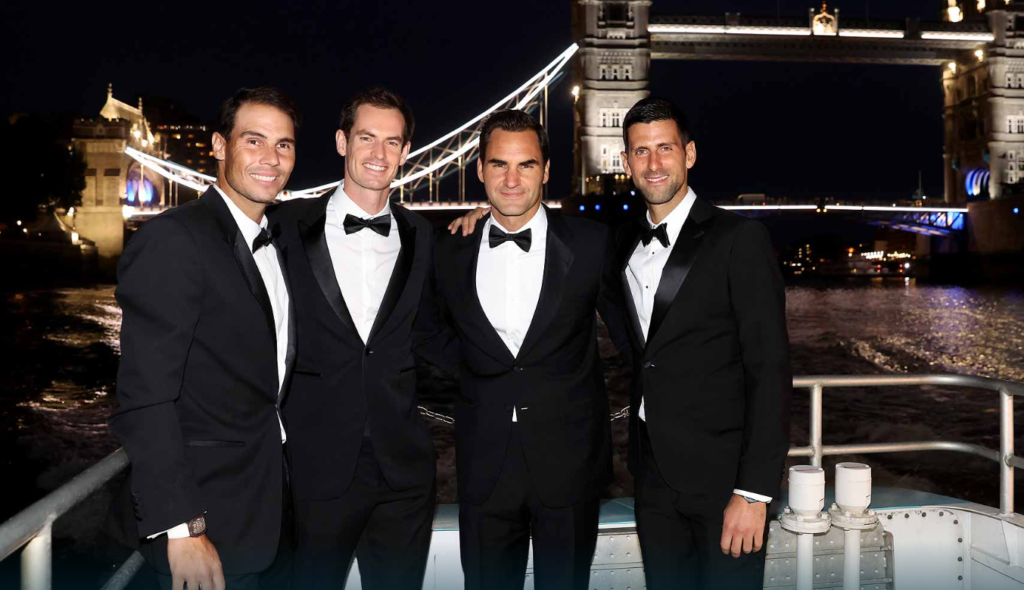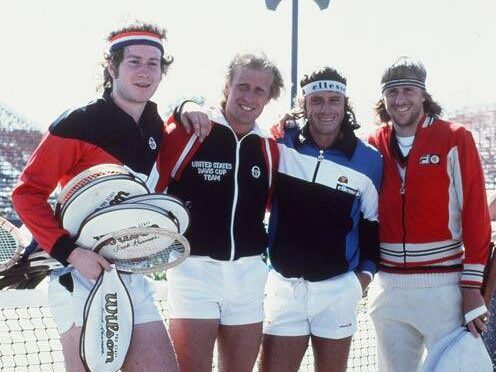Guillermo Salatino’s Op-Ed | Gabriela Sabatini spoke, a few days ago, about the differences between tennis nowadays and during the eighties and nineties, when she was a pro.
“Today the tennis dominance (in women tennis) is more changeable. Before there was a small group of players who led the tournaments and today there is more alternation. It’s hard to know who is number two or number three,” said Gaby.
I don’t know if it’s better or worse. It’s just different. In the 60’s we had time to think, to change rhythms, to go to the net. Today it is impossible.
I am very impressed that Venus Williams still wants to play and, from time to time, win a match. The eldest of the sisters is 43 years old and has already won seven Grand Slam titles. If we admired Federer, what can we say about the Williams sisters.
Gaby once again highlighted her favorite Ons Jauber: “She is the only one who plays differently, she has variations, she is much more fun to watch than the rest. They will say that she hasn’t won anything yet”. The Tunisian is a different tennis player. The only one of her kind on the women’s tour. She has lost three Grand Slam finals and in two of them she was the favorite.
She reminds us of José Luis Chilavert’s famous phrase. The formidable Paraguayan goalkeeper used to say “you haven’t won anything”. In general, sport is played to win.
“The important thing is to compete,” proclaimed Baron Pierre de Coubertin, founder of the modern Olympic Games. Jimmy Connors, true to his style, preferred “yes, but if you win, you are more important and you have more fun”.

All this introduction serves to analyze the changes that have occurred over the years. In between, the elements mutated and the materials of the rackets are different. Those old wooden racquets of Rod Laver, Guillermo Vilas, Borg, Lendl and McEnroe have been transformed into the lethal weapons they are today. Physical preparation, nutrition and clothing are also diametrically different.
Does it make sense to compare those gloves that are the sneakers today, with those heavy rubber ones? Or the shirts and pants that weighed three kilos more at the end of the match thanks to sweat?
Back in the days of the servers, when grass courts and hard courts were faster, and clay courts were slower (and indoor carpet was not forbidden!), they caused havoc with their serves. Serves that are funny today. I remember when we talked about Roscoe Tanner and his terrible serve. The fastest one hit at 200 kilometers per hour. Today, second serves are at that speed.
Nobody could return Sampras’ serves. Players suffered with those of McEnroe or Kevin Curren. Then the great returners started to get the hang of it. The most emblematic case is Andre Agassi, perhaps the owner of the best return in history. I do not want to be absolute to be consistent with my thought that there is no one greater than the rest, but the man has Wimbledon as his first Grand Slam crown. And Jim Courier after losing in the first round, the following year reached the final on the British grass. So the thing is “how wonderful they serve, but how incredible they return them”.

The conditions have changed so much that one wonders if Nadal would have won Wimbledon before 2000, when they changed the grass of the Cathedral. We wonder if perhaps with today’s conditions Vilas, Lendl or Wilander would have won it. Or why not, a Roland Garros title for McEnroe or Sampras with the not-so-slow-speed of today’s clay.
How much tennis has changed since the late 60’s! And we are talking only about the Open Era. Were the Australians of the 60’s or the generation of Borg, Connors and Vilas in the 70’s as good as the “Big Three” are today?
The top ten were very good and even the top 20 of those times could be compared with those of today. What does differ, and a lot, is that outside the top 50 they were much inferior to those of today. It was unthinkable that the 90th in the world would beat one of the top ten. Today it is commonplace.
After Borg, Connors, Vilas, Gerulaitis, Tanner, Orantes, Panatta, Nastase, Franulovic and Stockton, came Lendl, McEnroe, Cash, Edberg, Becker, Krajicek, Muster, and Bruguera. What a level, please!
Each decade or each generation had its attractions. The second half of the 90s and the 2000s fascinated with Guga Kuerten and Moya; Kafelnikov, Safin, Sampras, Agassi, Chang, Rios, Haas, Hewitt, Roddick, Henman, Ferrero, Coria and Nalbandian.
Until the “fantastic four” appeared. Federer, Nadal, Djokovic and Murray. When David Ferrer was asked what it felt like to be number five in the world, the Spaniard replied: “Man, I’m number one among humans. These four are aliens”.

We are getting into these days. Today is mutating into yesterday. Roger has already said goodbye, Nadal announced that next year would be his last one. Djokovic, who has a statue-like physique, elastic like no other, strong, agile, fantastic, showed in the fifth set of the Wimbledon final a tiredness he had never shown before. He is already 36 years old, selects tournaments, something advisable at this age, but there are risks. For example, he sometimes lacks rhythm. Perhaps this is the reason for his lack of spark at the moment of truth in the final with Alcaraz.
Evidently the golden age is coming to an end. Murray, with two hip surgeries under his belt, is reluctant to leave the sport he loves. He insists, but it is not enough. No one knows what’s going to happen with Rafa. Those who know him know that if he is not ready to win, or at least to fight, he will not expose himself. Federer is history. Only Novak Djokovic is left, who arrived in the United States without having to defend points.He was banned for two years for being a foreigner not vaccinated against COVID. With Cincinnati he already won 1000 points of the 3000 he can accumulate in his North American tour.
The rest is new blood. The names and ages are reflecting that we are facing a generational change. Some may want to name Wawrinka, but he is an exception.
Daniil Medvedev is world No. 3 and the oldest of them all at 27; Tsitsipas turned 25 a few days ago. Ruud, 24. Then comes the club of the youngsters. Aged 20 or a few months older. Carlos Alcaraz, Holger Rune, Jannik Sinner, Felix Auger-Aliassime, Lorenzo Musetti, Jiri Lehecka. We already know which names will dominate tennis over the next decade. The generational change is clear.
It is a pity for Argentina and Latin America that Juan Martin del Potro has suffered the huge number of injuries he had, because we could have had him next to the “Big Four” with ease. He won the US Open in 2009 at the age of 20. Then he could not have continuity, but every time he came back he made it to the top ten. He even reached 3 in the world in 2018. Said by the greats, Juan Martin should have been in that poker of aces. Two medals at the Olympic Games, Masters final. He was called to belong to the “elite”. In fact he was there even with his intermittences.
This is how history is written. At least the one I have seen. In the 60s and part of the 70s as a player, and since 1976 as a journalist. There is no need to ask which was the best age. All of them, because each one in its moment was the best. In 20 years there will be a new one that will be better than the one we are living today.







